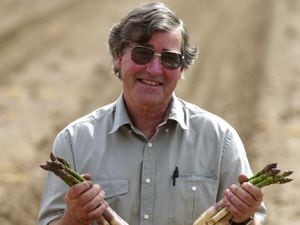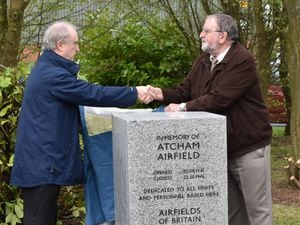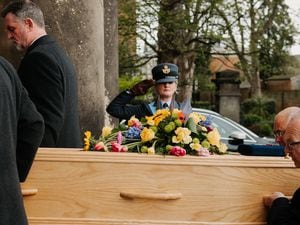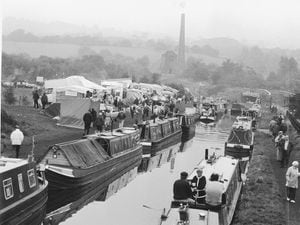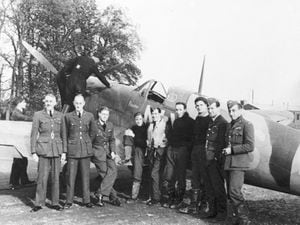Digging in to George's gardening history
George Price was a gardener of note.
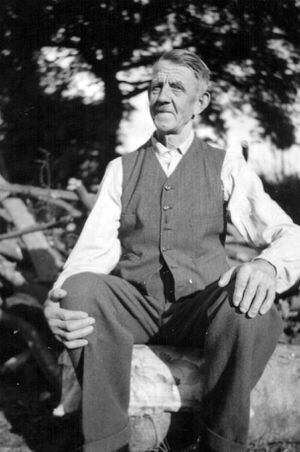
For decades he would jot down what he planted and where on his land at West Felton, near Oswestry, and little tips to himself about things like what had worked well and what he should try.
His writings grew to become a gardening diary spanning the years 1917 to 1945.
It was while moving some books that his granddaughter, Anita Armitage, came across it.
"They cover what he planted, how many rows, success of harvest, where he got the seed, what he treated soil with, and so on," says Anita, who used his gardening notes as the basis of a talk to a garden club.
"They were so complete and related to the period between the wars, and were interesting to me as a geographer interested in social history. It would have made an interesting dissertation if I had the books while doing my degrees."
She also came across day books and journals written by her great-grandfather, Thomas Price, the first of which is dated July 10, 1892
Anita, the daughter of Bev and Renee Price, was brought up at Queens Head, near Oswestry, but lives now at Blackheath, London.
The Price family have a longstanding, and continuing, connection with West Felton, which was for generations the home of the family business.
"My grandfather owned a property called Wheelwrights' Cottage, often known as the Builders Yard, in West Felton. The wheelwrights and carpentry business was concerned with agricultural repairs largely for local farmers, some domestic work and funerals, and at its peak employed five men at least. There was even bicycle mending.
"This is another bit of social history waiting to be written. The business was started by my great-grandfather Thomas Price, I believe. The day books record everything from screws used, wood, hours charged for at boy rates and man rates, and where they worked.
"The details, following the rates through the Depression and so on, are fascinating."
The house lies in a wedge-shaped site, with the old A5 road to the west, with part of the road frontage comprising a smithy. Anita is not sure where the eastern boundary lay.
She says the house shared a water pump with the next door house, fed from a well or spring, and to the south of the house and garden lay "The Yard" with four workshops, a two-seater privy (outside toilet), a saw shed and sawpit, another large shed, some hen houses, and a pulp house.
"The land was run like a very small smallholding, making them self sufficient in vegetables, chickens, eggs, and so on. They also fattened bullocks on the field."
George's notes make frequent references to butts - areas of land or sections of a field - and tumps, which Anita says could be the same as clamps where root vegetables are stored, layered with sand or straw in a pyramid to protect them from frost.
So, let's dig in to the notebooks to harvest one or two snippets...
In 1917, when George would have been about 33 and already with a family of four or five children aged between nine and a newborn, 50 rows of crops were planted. Ten years later, there were 58, and 61 in 1938.
The staple crops were potatoes.
"I was fascinated by the numerous varieties recorded. There were 63 varieties in all, and 39 of these in the first 10 years," says Anita.
Varieties sown included British Queen, Arran Chief, Scottish Triumph, Golden Wonder, King Edward, Edyell Blue, The Locan, Arran Comrade, Rhoderic Dhu, Majestic, and Suttons America, to name just a sample.
Crops recorded in 1917 include peas, broad beans, shallots, kidney beans, onions, turnips, and various varieties of potatoes.
Carrots are first recorded in 1941 and spring cabbage in 1944.
Anita is pondering what to do with the various notebooks and journals, but says if she does nothing with them she will hand them over to a rural museum or university.
George died in 1963, aged 79.

